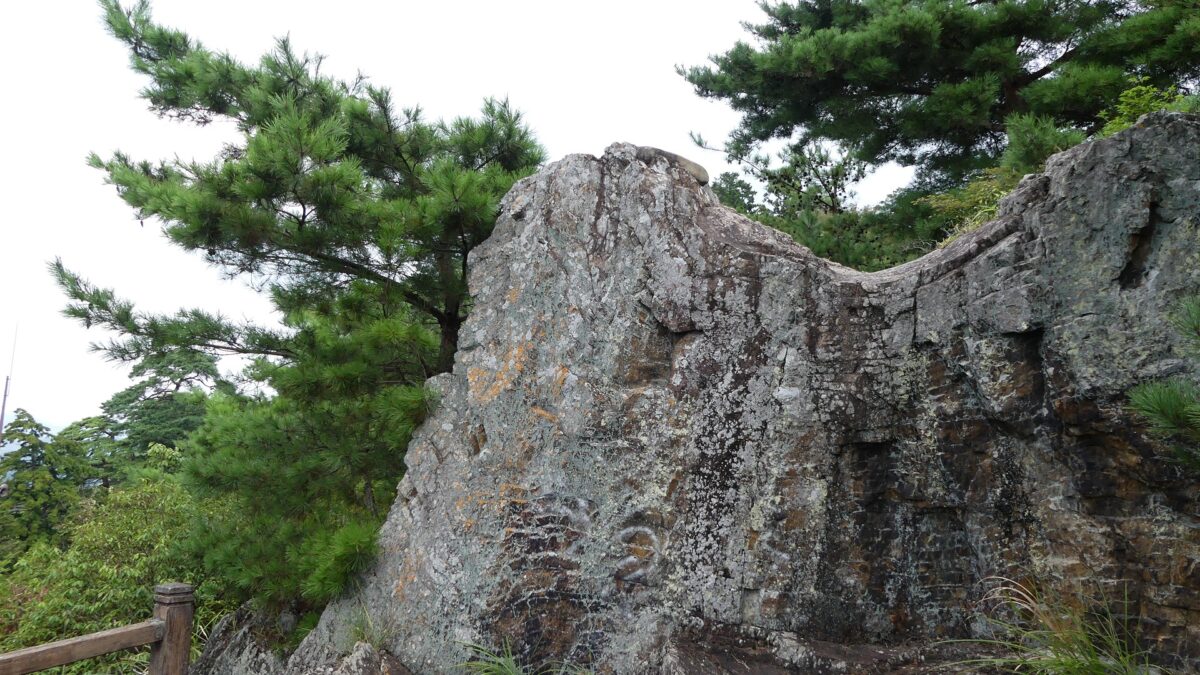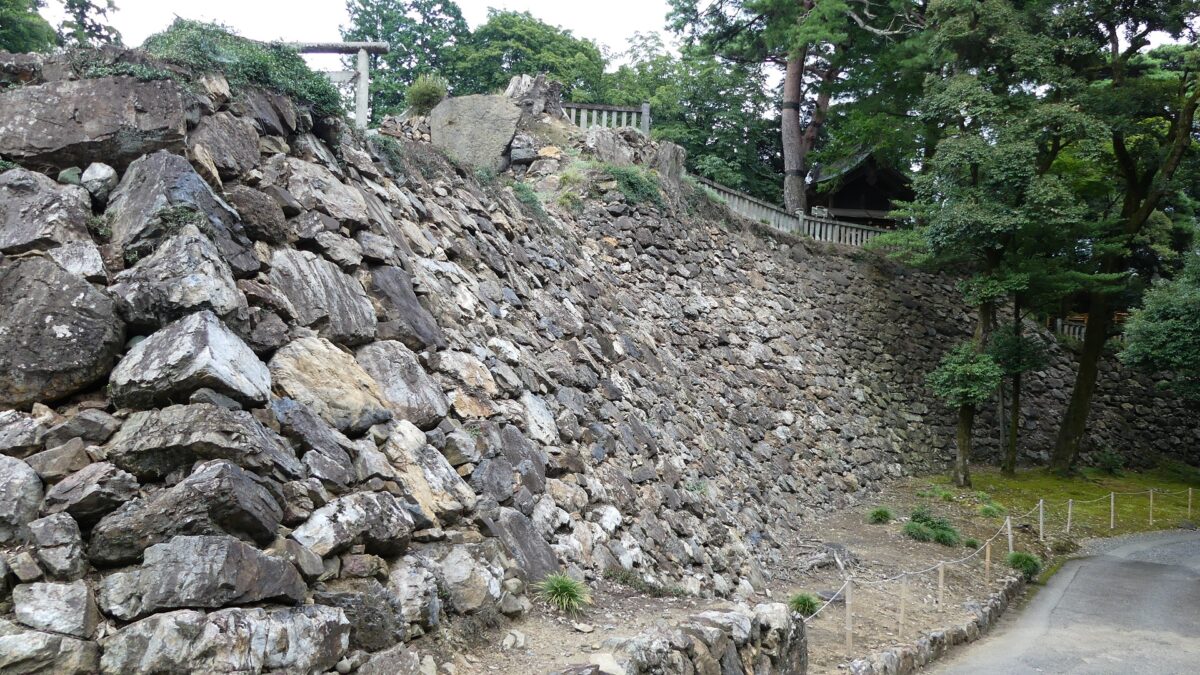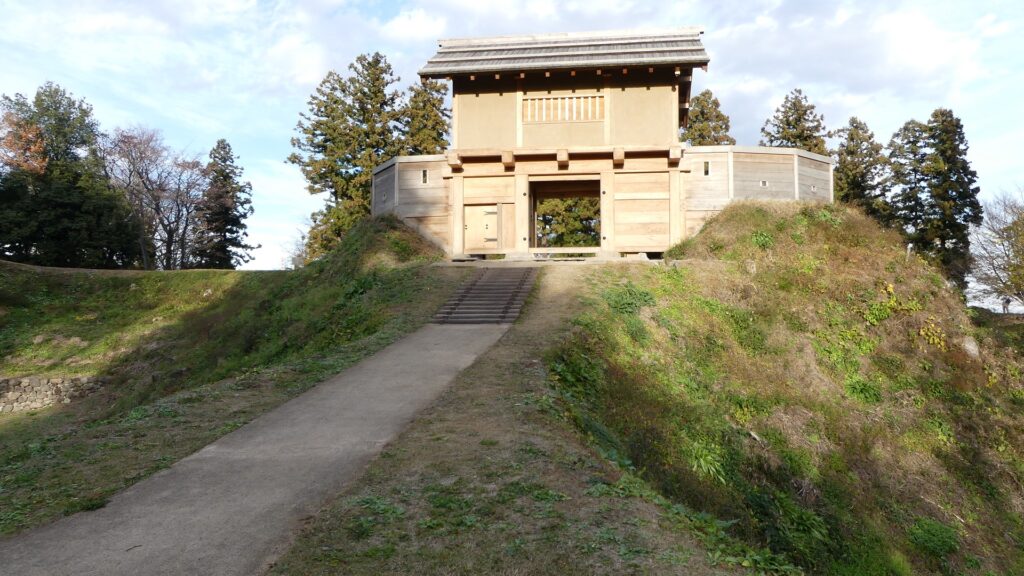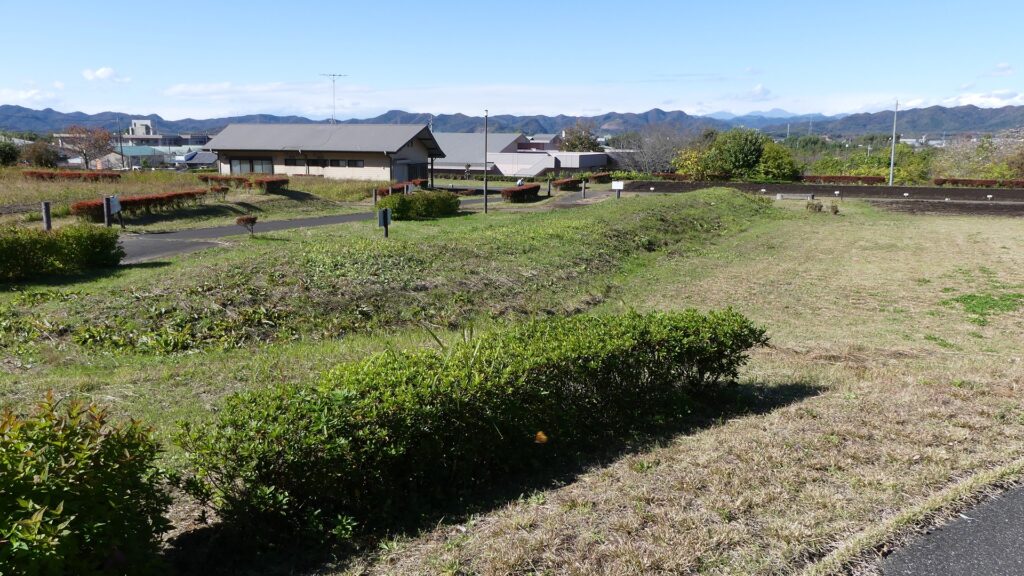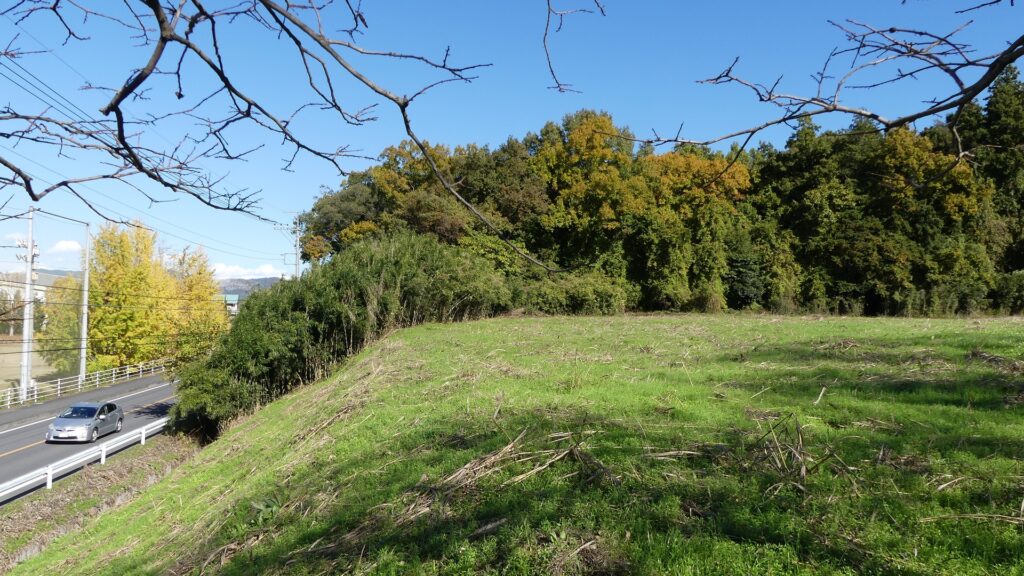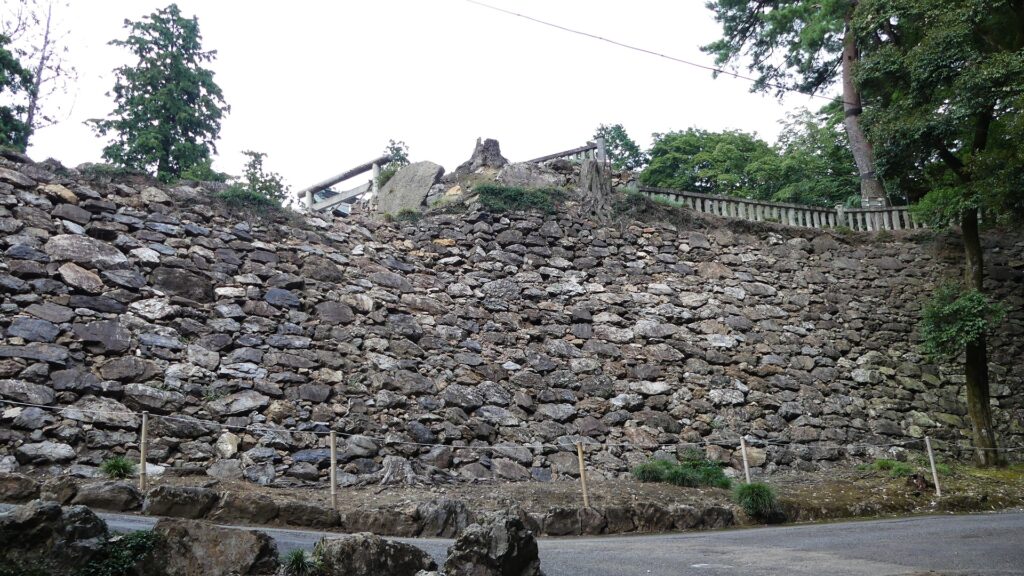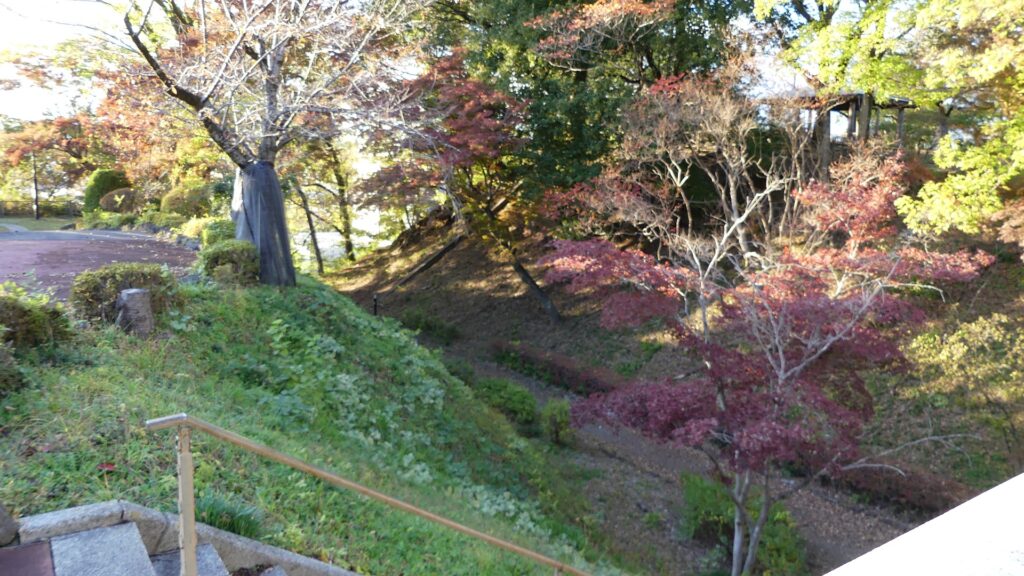Features
Castle Ruins are developed as Karasawayama Shrine
Today, the ruins of Karasawayama Castle have been well developed as Karasawayama Shrine. Many people visit the shrine to pray for something, hike the mountain, see a great view, and recently see lots of friendly cats living in the shrine. These cats seem to have been strayed or abandoned, but are now fed by volunteers and visitors.
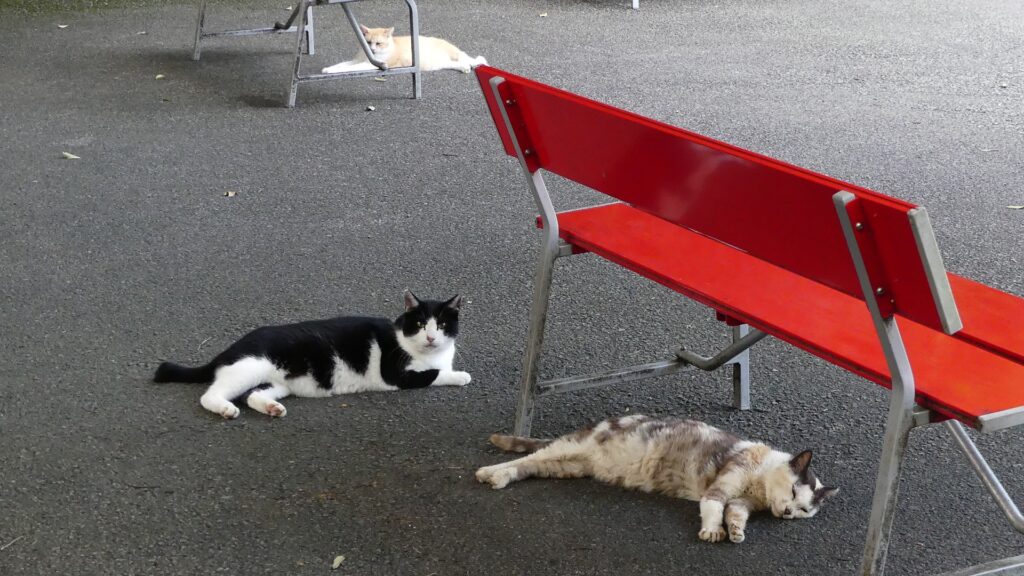
Of course, some of the visitors enjoy historical items at the site as well. There are main routes from the foot of the mountain to the top in the south and west, similar to the castle’s period. In addition, the current routes have been developed for both cars and hikers, which means there are at least four routes.
The map around Karasawayama Shrine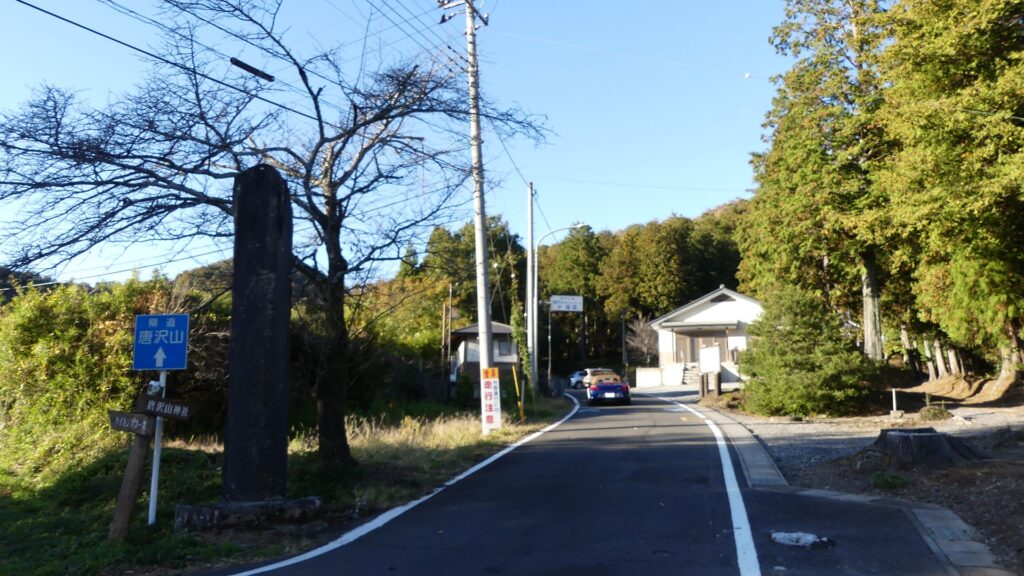
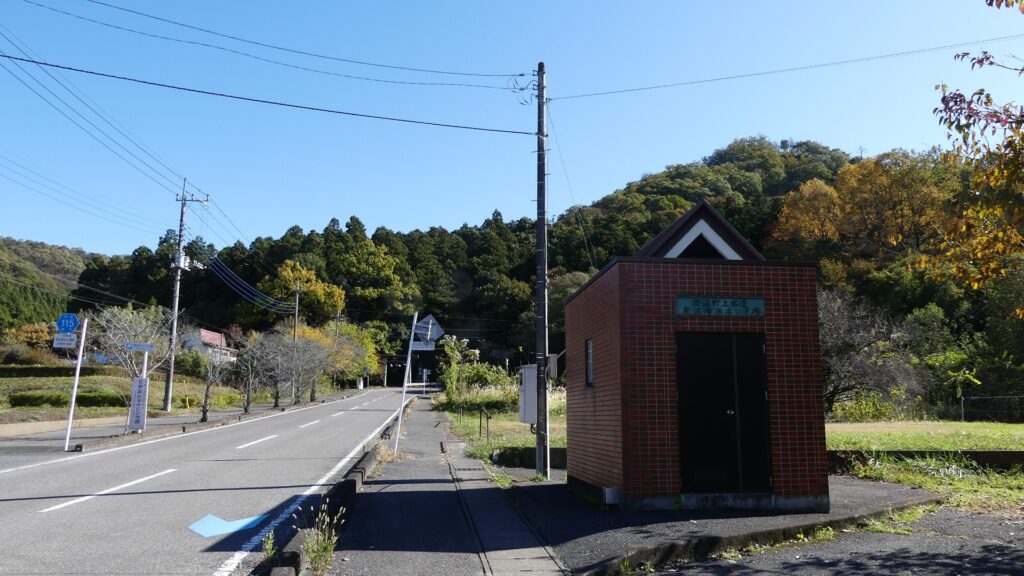
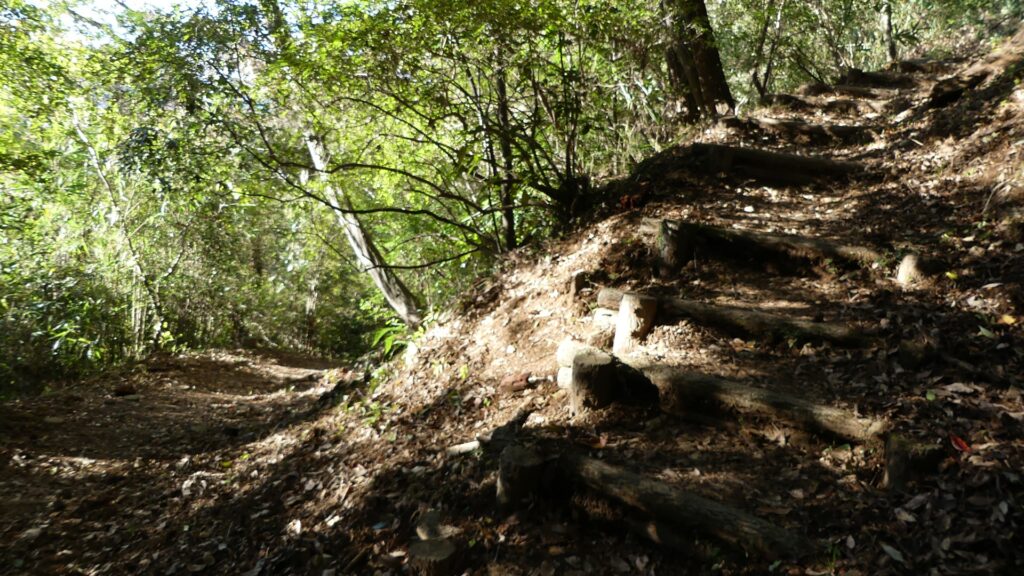
Past and Current Routes
They are not the same as the original routes to the castle. For example, the two paved roads for cars from the two directions gather at the parking lot on the top. However, part of the road from the south was blocked by huge rocks near a remaining rock called Kagami-iwa (meaning the Mirror Rock). The two original paths to the castle gathered in front of the rocks and went to the Main Gate via zigzagging route.
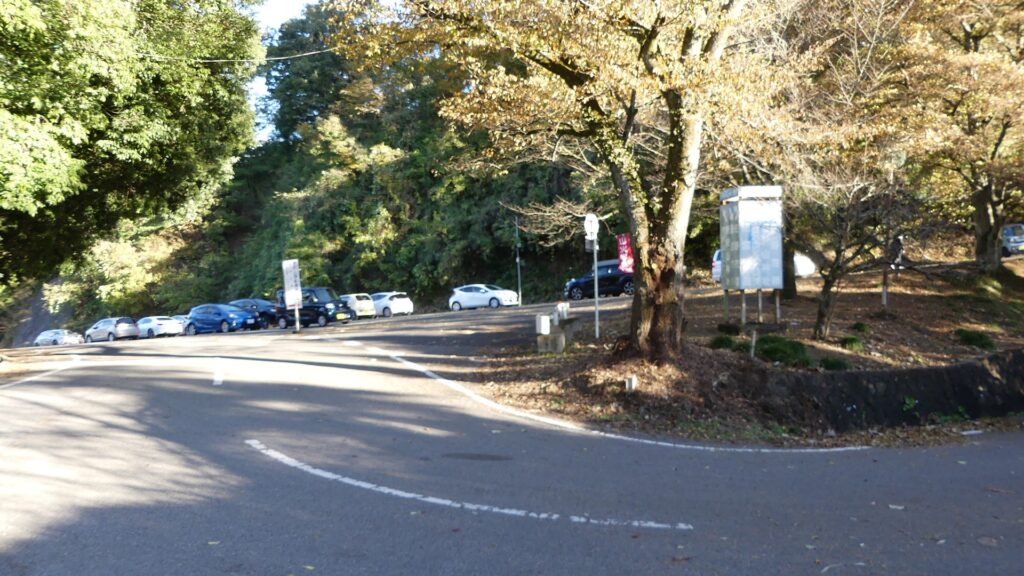


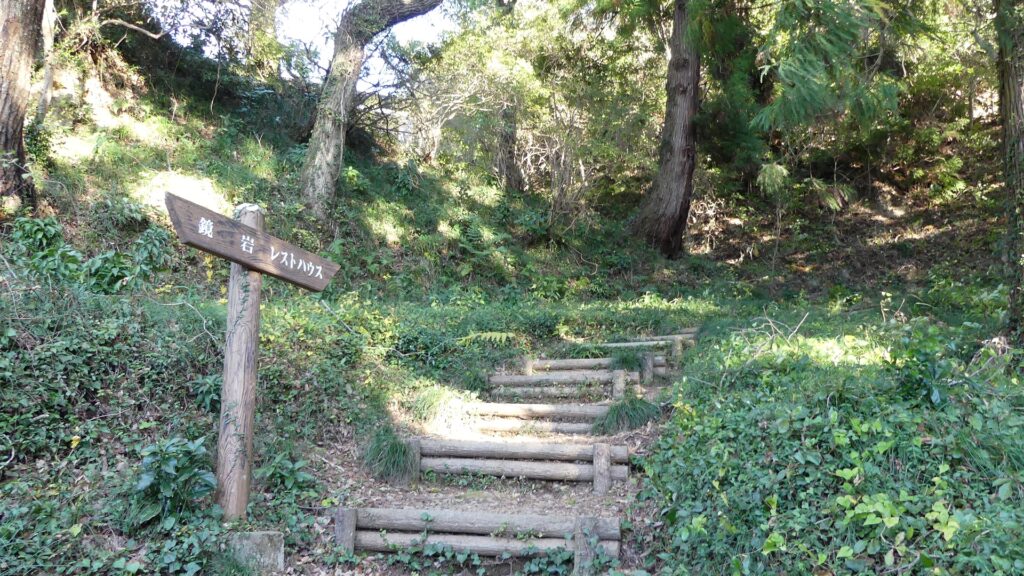
Attractions along Main Route
If you enter the Main Gate Ruins from the parking lot, you will see the ruins have a typical alternating entrance with stone walls (but mainly built or renovated during the Meiji Era). The main route goes to the center inside the gate, but there are also some attractions from side to side. There is another huge rock called Tengu-iwa (meaning the long-nosed goblin rock) on the right (the southern side), which was a lookout and defensive point, and is a great viewing spot. There is also a hill on the left (the northern side), called Hiraishi-yama (meaning the mountain for avoiding enemies’ arrows). It was named after the armor the Sano Clan passed down from Hidesato Fujiwara, their founder. Therefore, it must have been used as another defensive spot.
The map around the castle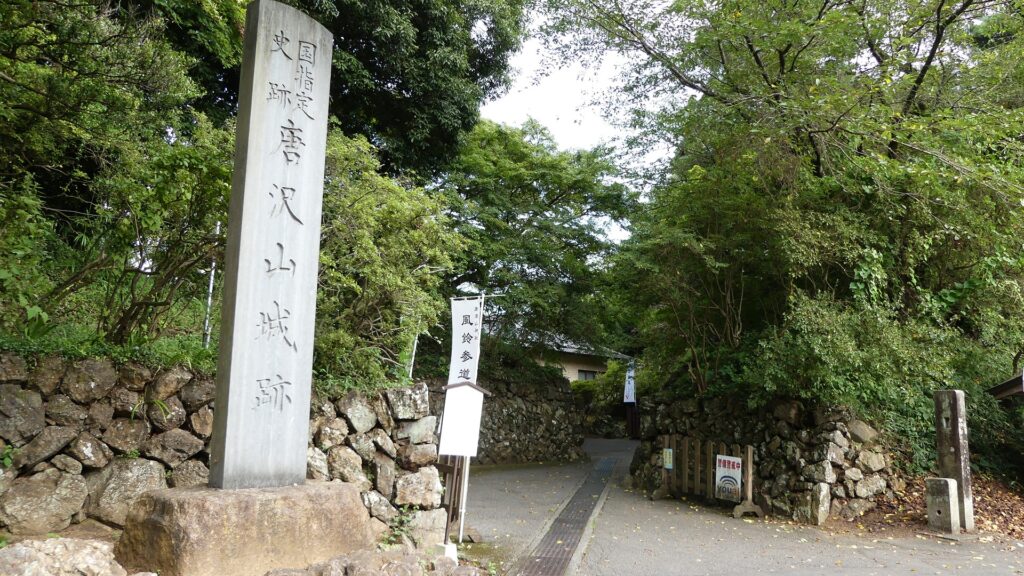
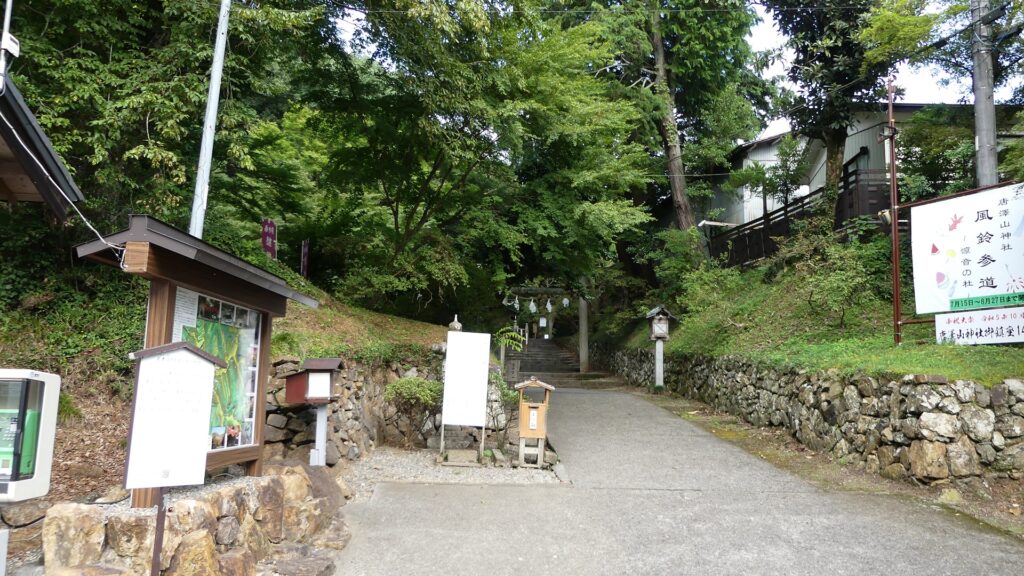
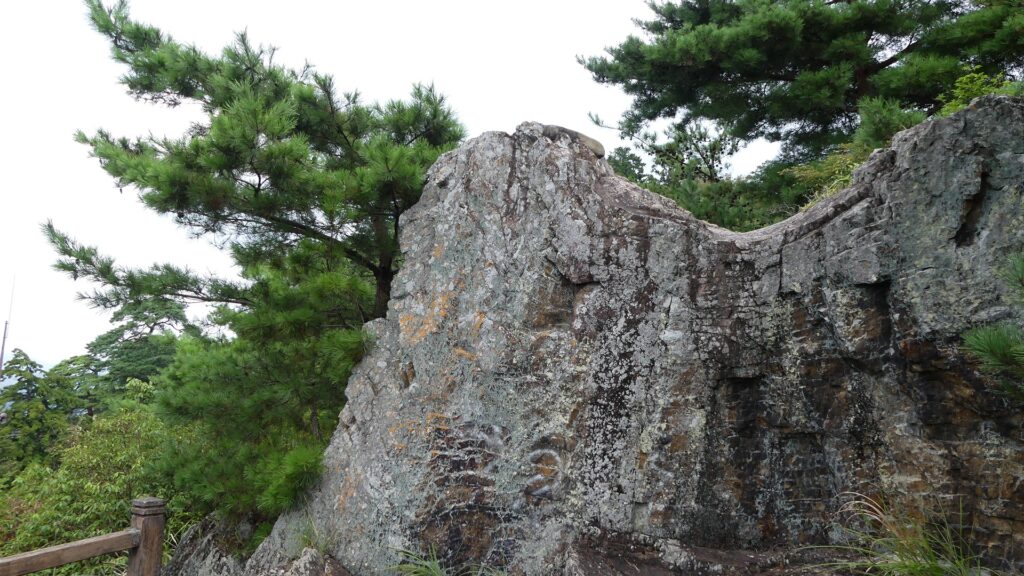


If you go ahead to the center on the main route, you will see a large well called Oi-no-ido on the left. It is 9m in diameter and over 8m deep and it still has spring water inside. The castle ruins have other wells, too. They were essential for the castle to be besieged for a long time. You will next see large and long dry moats, called Yotsumebori (meaning the fourth moat), which divided the main portion and the others. Only the fixed concrete arch bridge, called Shinkyo, goes over the moats. It was said to be originally a draw bridge which would have been fallen when a battle happened. People often say Uesugi Kenshin attacked this point but failed.
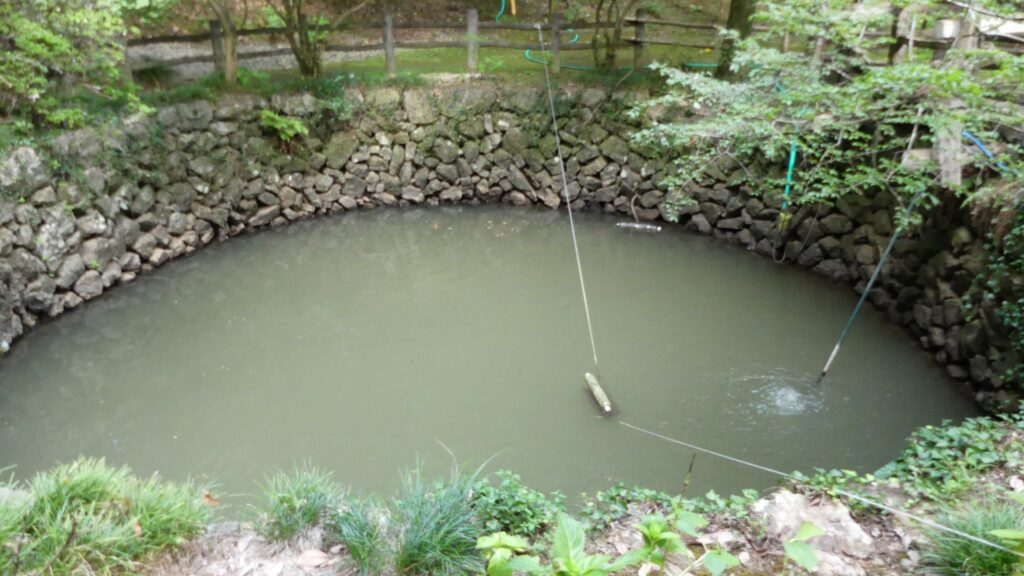

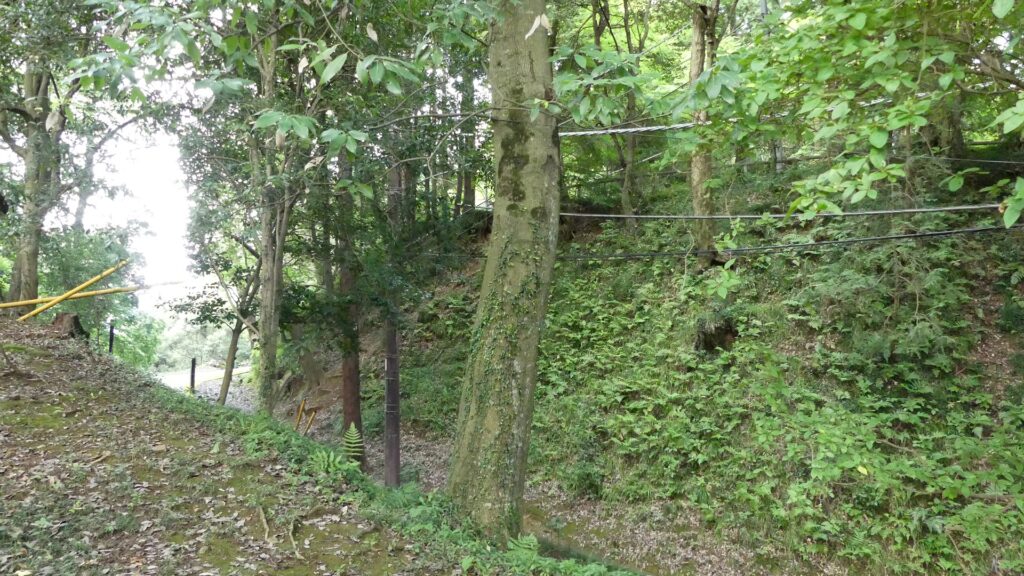
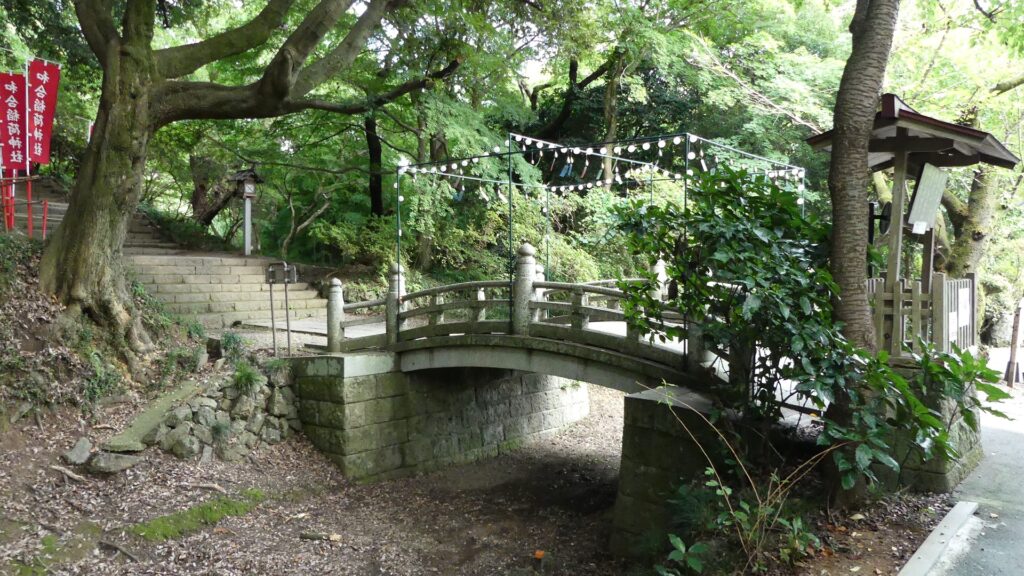
Four tiered Major Enclosures
The main route as the shrine’s approach goes on right side of the main portion. The portion consists of four tired enclosures, the belt, third, second and main enclosures from the bottom to the top. In particular, the third enclosure is the largest, which was said to be used as a reception room. You can visit it via a side path. There will be a division point of the approach and the original main route. If you go straight on the approach, you will reach below the stone steps of the shrine on the main enclosure. Otherwise, you can turn left and get to the second enclosure. It is recommended for castle visitors to take the latter because you can see the great stone walls of the main enclosure close by on your right.

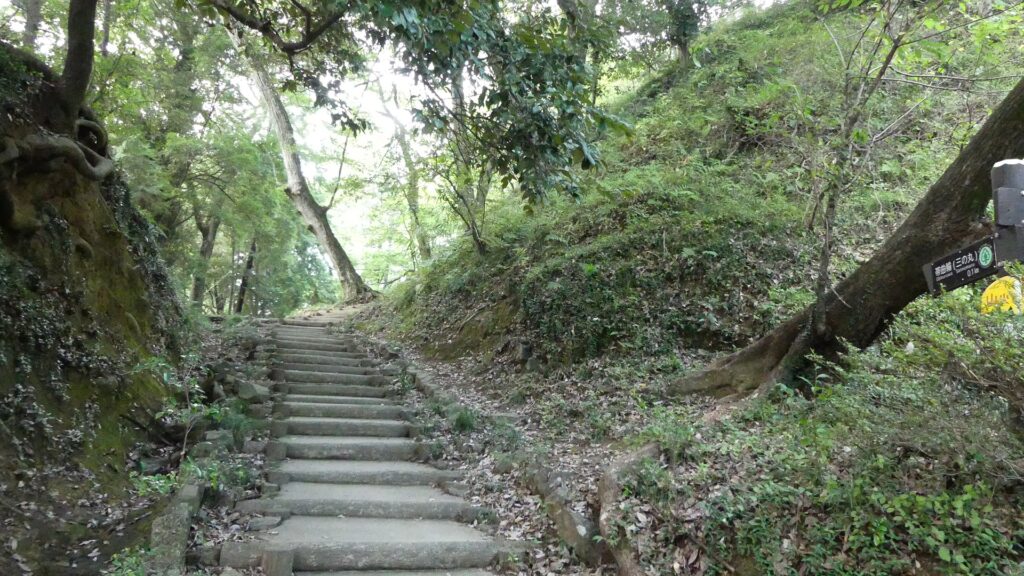

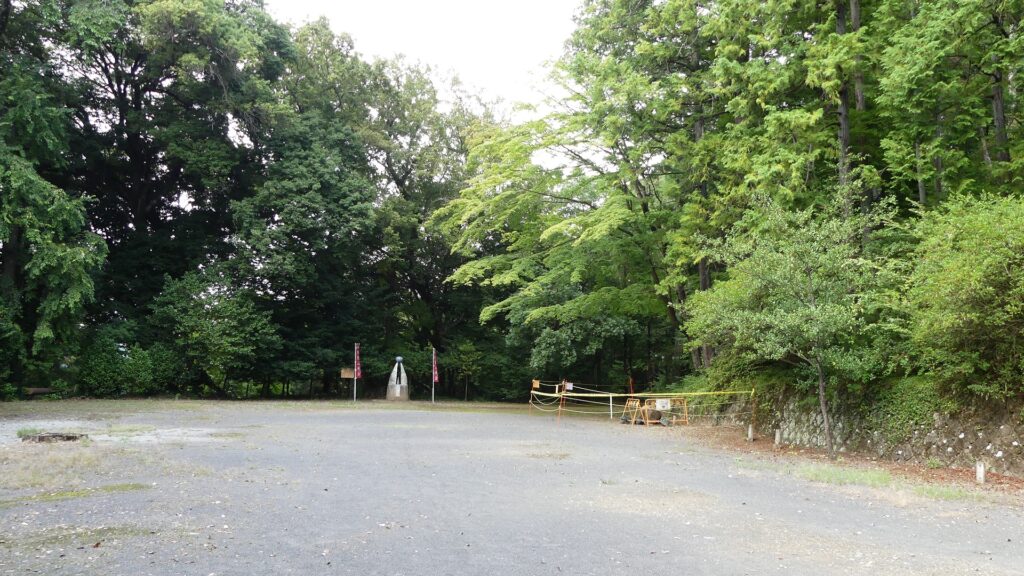
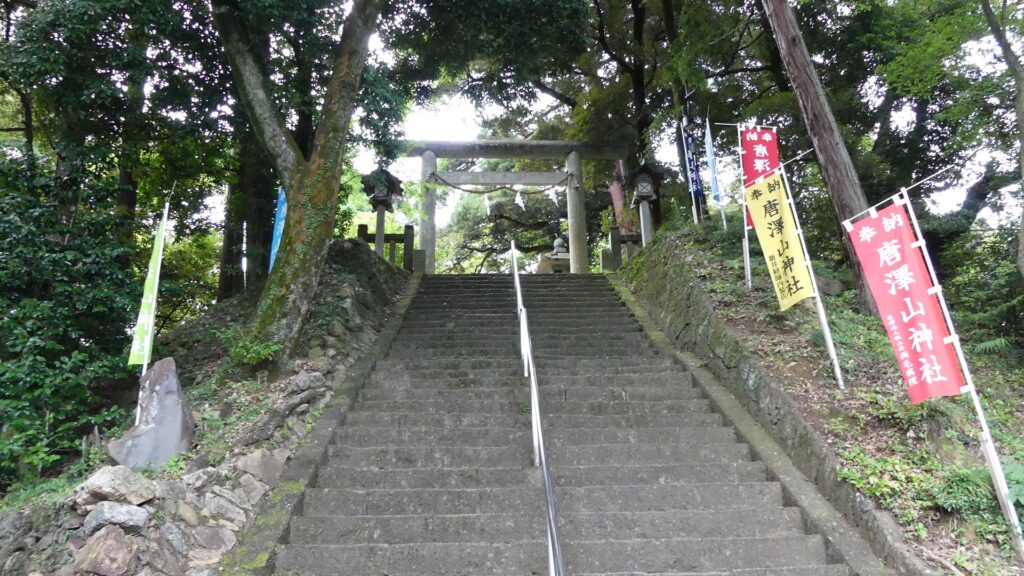

To be continued in “Karasawayama Castle Part3”
Back to “Karasawayama Castle Part1”

